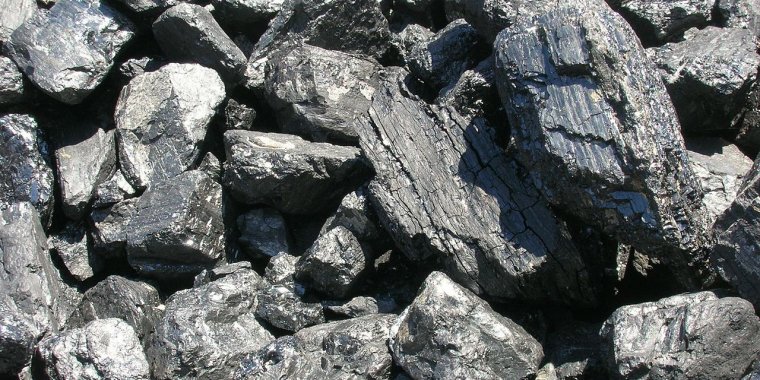| News / Science News |
Scientists Turn CO2 into Solid Coal
A team of scientists used liquid metal and a liquid electrolyte to convert gaseous CO2 into a solid, coal-like substance, a breakthrough that could change the ways carbon is removed from the atmosphere and permanently stored.
It's one of several recently developed negative emissions techniques that seek to make carbon capture and storage cheaper, safer and more efficient. This particular method was developed by a research team led by RMIT University in Melbourne, Australia, and it uses a liquid metal electrocatalyst, containing nanoparticles of the rare-earth metal cerium, to convert the greenhouse gas into a stable, coal-like solid.
To date, CO2 has only been converted into a solid at extremely high temperatures, making it industrially unviable.
By using liquid metals as a catalyst, it's possible to turn the gas back into carbon at room temperature, in a process that's efficient and scalable.
Instead of being buried underground, the solid carbon produced by the method could be used as a fuel source or as feedstock, as the element is in other carbon utilization approaches.
A side benefit of the process is that the carbon can hold electrical charge, becoming a supercapacitor, so it could potentially be used as a component in future vehicles. The process also produces synthetic fuel as a by-product, which could also have industrial applications.
The ability to sell or otherwise use carbon after removing it from the atmosphere would help make carbon capture and storage methods more cost-effective, and therefore more scalable.
Currently, only about 1 percent of carbon emissions are removed from the atmosphere and stored. Making it cheaper to do so could help the global community remove the 100 billion to 1 trillion tons of carbon necessary to avoid catastrophic global warming by mid-century. (Tasnim News Agency)
YOU MAY ALSO LIKE






